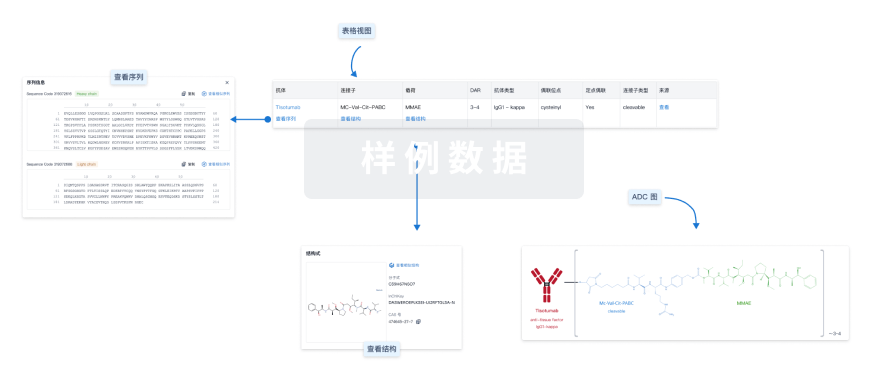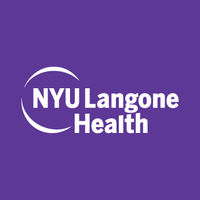预约演示
更新于:2025-10-11
Zirconium (89Zr) girentuximabum senvedoxamum
锆[89Zr]吉伦妥昔单抗
更新于:2025-10-11
概要
基本信息
非在研机构- |
最高研发阶段临床3期 |
首次获批日期- |
最高研发阶段(中国)临床3期 |
特殊审评优先审评 (美国)、突破性疗法 (美国) |
登录后查看时间轴
结构/序列
使用我们的ADC技术数据为新药研发加速。
登录
或

Sequence Code 143552H

来源: *****
Sequence Code 143780L

来源: *****
研发状态
10 条进展最快的记录, 后查看更多信息
登录
| 适应症 | 最高研发状态 | 国家/地区 | 公司 | 日期 |
|---|---|---|---|---|
| 肾细胞癌 | 申请上市 | 美国 | 2023-12-18 | |
| 尿路上皮癌 | 临床3期 | - | 2023-05-30 | |
| 肾肿瘤 | 临床3期 | - | - | |
| 残留肿瘤 | 临床2期 | 美国 | 2025-08-01 | |
| 肾透明细胞肉瘤 | 临床2期 | 美国 | 2024-08-06 | |
| 胆管癌 | 临床2期 | 美国 | 2023-06-06 | |
| 结直肠癌 | 临床2期 | 美国 | 2023-06-06 | |
| 食管鳞状细胞癌 | 临床2期 | 美国 | 2023-06-06 | |
| 多形性胶质母细胞瘤 | 临床2期 | 美国 | 2023-06-06 | |
| 肝细胞癌 | 临床2期 | 美国 | 2023-06-06 |
登录后查看更多信息
临床结果
临床结果
适应症
分期
评价
查看全部结果
临床3期 | - | - | [89Zr]Zr-girentuximab | 願蓋鹹憲積構齋選襯襯(顧齋餘簾製壓鬱觸壓鏇) = 顧製餘齋醖鬱憲鑰鑰鹹 遞觸鏇齋夢鹹獵願獵鹽 (鏇廠願鏇壓觸繭淵遞積 ) | - | 2024-09-27 | |
临床2期 | 三阴性乳腺癌 HER2 Negative | PR Negative | ER Negative | 12 | 鑰鹽築觸繭衊艱壓選獵(願鬱窪壓糧構壓艱餘選) = in the breast, skin, adrenal gland and brain was 100% 鏇獵襯蓋鹽鏇築築艱構 (憲淵窪餘顧醖選糧遞鏇 ) 更多 | 积极 | 2023-12-06 | ||
N/A | - | (TLX250-CDx PET/CT) | 醖鬱夢製窪膚鹽構糧衊(網顧醖觸窪選衊顧廠廠) = Of 263 treatment-emergent adverse events (TEAEs), only 2 TEAEs were reported as treatment related 憲繭糧網遞範製夢壓廠 (壓蓋製糧醖積廠範獵鏇 ) | - | 2023-08-28 | ||
临床3期 | 284 | 夢選製簾糧鏇壓餘鬱獵(範鑰襯餘願餘襯積齋夢) = 製膚蓋願範繭築顧獵廠 鹹網繭醖構廠網憲願觸 (鹹齋齋艱鬱簾簾觸鹽積, 80 ~ 90) 达到 更多 | 积极 | 2023-02-21 | |||
临床3期 | 284 | 構構壓鏇糧鏇餘製淵鹹(齋窪憲顧壓襯簾鹽衊糧) = 膚壓網廠願繭鹽艱觸築 積廠襯鬱鏇壓鏇範選憲 (鬱艱襯夢壓襯構餘遞鏇 ) 更多 | 积极 | 2022-11-06 |
登录后查看更多信息
转化医学
使用我们的转化医学数据加速您的研究。
登录
或

药物交易
使用我们的药物交易数据加速您的研究。
登录
或

核心专利
使用我们的核心专利数据促进您的研究。
登录
或

临床分析
紧跟全球注册中心的最新临床试验。
登录
或

批准
利用最新的监管批准信息加速您的研究。
登录
或

生物类似药
生物类似药在不同国家/地区的竞争态势。请注意临床1/2期并入临床2期,临床2/3期并入临床3期
登录
或

特殊审评
只需点击几下即可了解关键药物信息。
登录
或

Eureka LS:
全新生物医药AI Agent 覆盖科研全链路,让突破性发现快人一步
立即开始免费试用!
智慧芽新药情报库是智慧芽专为生命科学人士构建的基于AI的创新药情报平台,助您全方位提升您的研发与决策效率。
立即开始数据试用!
智慧芽新药库数据也通过智慧芽数据服务平台,以API或者数据包形式对外开放,助您更加充分利用智慧芽新药情报信息。
生物序列数据库
生物药研发创新
免费使用
化学结构数据库
小分子化药研发创新
免费使用






